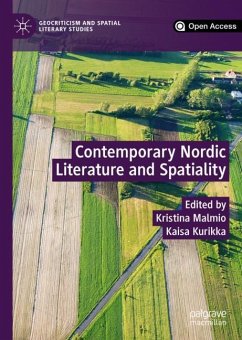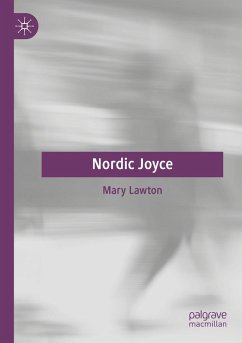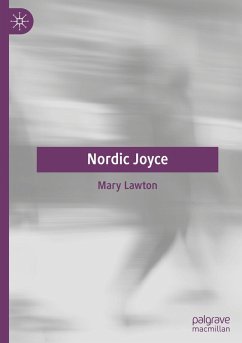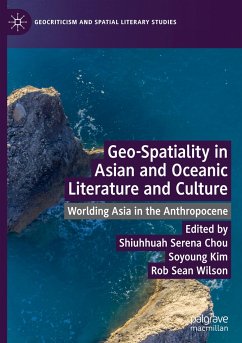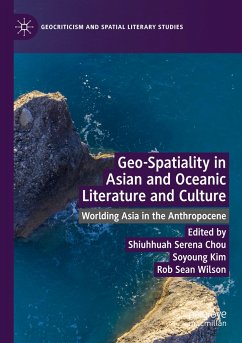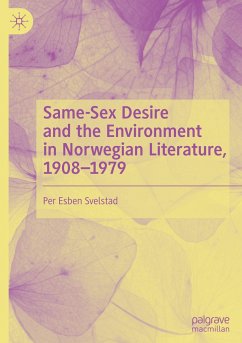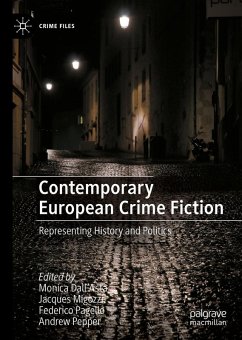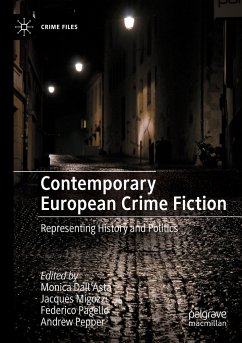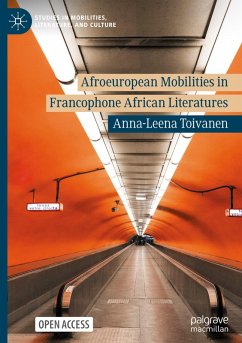
Contemporary Nordic Literature and Spatiality
Versandkostenfrei!
Versandfertig in 6-10 Tagen
22,99 €
inkl. MwSt.

PAYBACK Punkte
11 °P sammeln!
This open access collection offers a detailed mapping of recent Nordic literature and its different genres (fiction, poetry, and children's literature) through the perspective of spatiality. Concentrating on contemporary Nordic literature, the book presents a distinctive view on the spatial turn and widens the understanding of Nordic literature outside of canonized authors. Examining literatures by Danish, Norwegian, Swedish, and Finnish authors, the chapters investigate a recurrent theme of social criticism and analyze this criticism against the welfare state and power hierarchies in spatial ...
This open access collection offers a detailed mapping of recent Nordic literature and its different genres (fiction, poetry, and children's literature) through the perspective of spatiality. Concentrating on contemporary Nordic literature, the book presents a distinctive view on the spatial turn and widens the understanding of Nordic literature outside of canonized authors. Examining literatures by Danish, Norwegian, Swedish, and Finnish authors, the chapters investigate a recurrent theme of social criticism and analyze this criticism against the welfare state and power hierarchies in spatial terms. The chapters explore various narrative worlds and spaces-from the urban to parks and forests, from textual spaces to spatial thematics, studying these spatial features in relation to the problems of late modernity.





